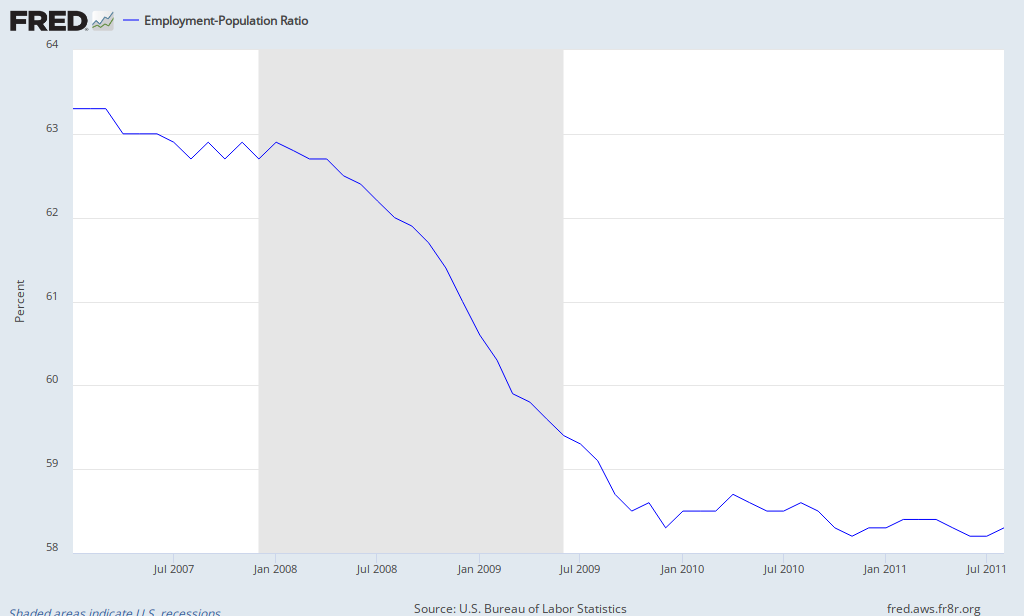It is generally assumed that higher house prices are good and that lower house prices are bad.
Matthew Yglesias here points out that this is not always true. But while I basically agrees with his conclusion, his analysis is inadequate.
The assumption that house prices are better if they are higher rests largely on the fact that most home buyers borrow most of the money needed to buy the houses, and if prices falls after that then the mortgage debt could exceed the value of the home, creating problems for the home owners and/or the mortgage lenders. By contrast, higher house prices will seemingly create new wealth for the home owners and more or less eliminate the risk that the mortgage lenders will suffer losses.
Furthermore, higher house prices will make it more profitable to build new homes, creating a boom in the construction sector.
These argument are true as far as they go. however there are downsides to higher house prices.
First of all, higher house prices will all else being equal make it necessary for new home buyers to take on more debt, thus increasing the risk that they and their lenders will suffer from debt related problems in the future and also increasing their debt service payments. Thus, while higher house prices reduces current debt problems, it increases the risk of future debt problems.
And while higher construction activity is normally a good thing given a certain level of production of other goods and services, it could crowd out other production. And if there is excessive activity during a certain time, it could create adjustment problems when activity falls as workers and other factors of production often can't quickly move to other lines of production.
In short, there are pros and cons with higher house prices. This is also true more generally speaking regarding price changes.
All else being equal, higher prices are generally good for sellers and bad for buyers.
However, if dramatic price changes up or down creates malinvestments, debt problems and other adjustment problems then they might be bad for both [most] sellers and buyers.
On the other hand, positive productivity driven price changes might benefit both buyers and sellers. If for example, crops for farmers improve, then farm income might increase even though food prices fall, meaning that both sellers and buyers of food products benefit. Similarly if workers for whatever reason becomes more productive then they can receive higher wages even as the profits of their employers increase, meaning that both the buyers and sellers of labor gains.
In short, whether or nor price changes are good or bad depends on first of all whether you're look on it from the perspective of the buyer or the seller. And secondly on if it could later cause adjustment problems. And thirdly on whether it reflects productivity changes.



